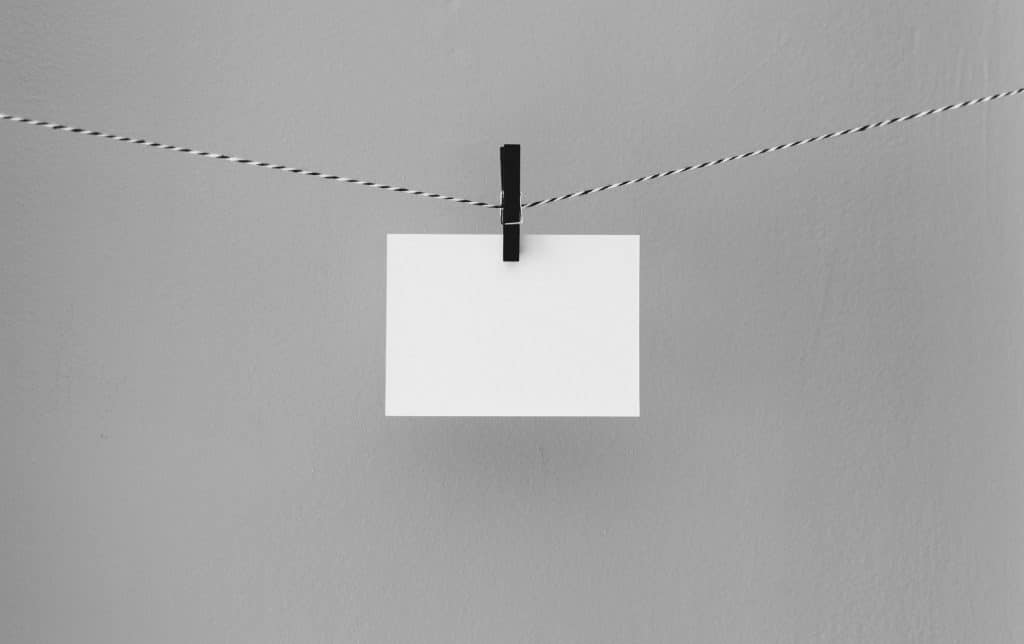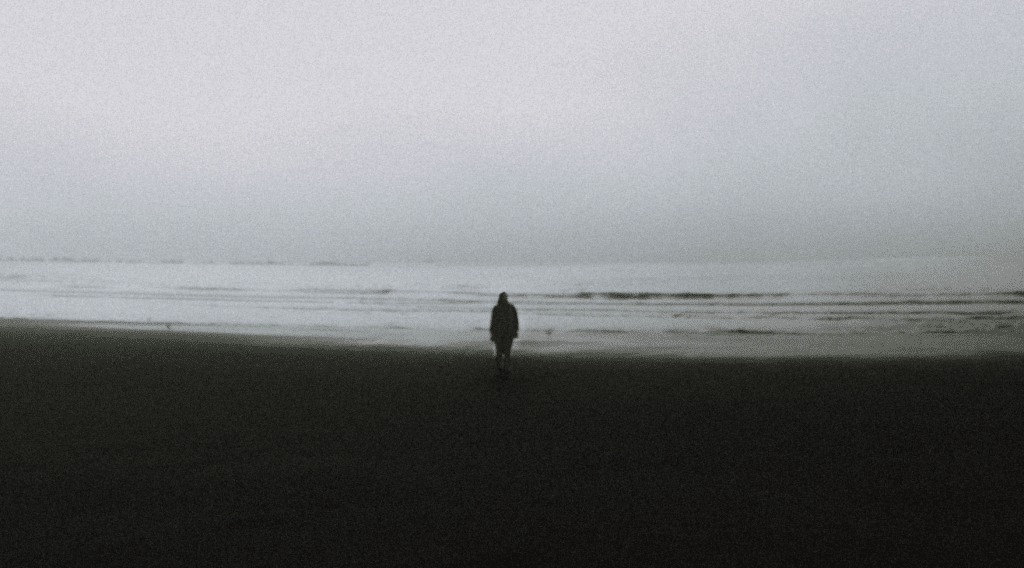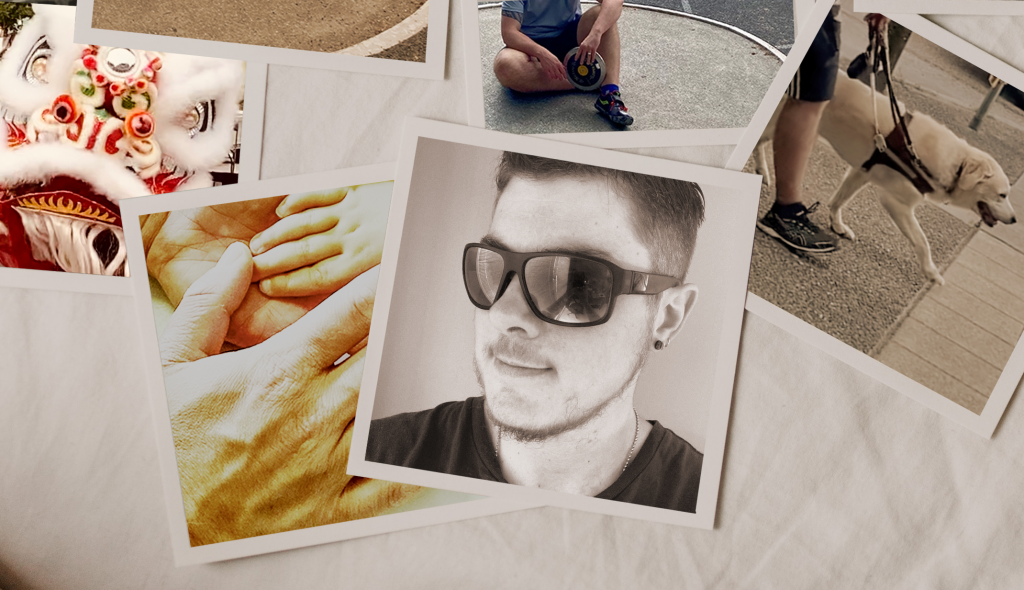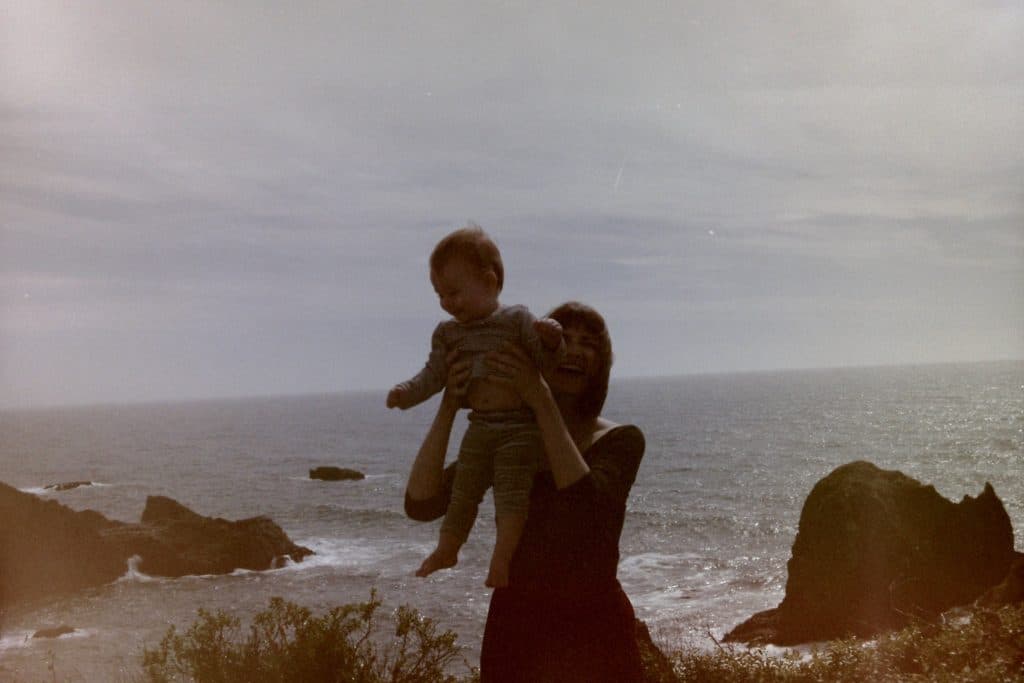Imagine this; 13 year-old me elated that I’m finally visiting the motherland for the first time, strolling the streets of Hong Kong, and seeing that everyone around looked just like me. I mean, I loved where I grew up in Richmond, Canada, and there are a lot of people that look like me there, but it wasn’t like this. Everyone was bustling, loudly negotiating with each other, all of them speaking my native tongue – I felt a sense of belonging that I had never felt before. I took that excitement up to a shopkeeper who was selling socks, and using my rusty, slightly broken Cantonese, I proudly asked:
“How much are these socks?”
*silence*
“Excuse me, how much are these socks?”, I exclaim louder.
*more silence*
After a third attempt he turns to me;
“土生!”
With that short and simple utterance, I already knew what he thought of me. Without getting into too much detail, him saying “土生!” to me means that because I’m not born here in Hong Kong, I’m not a real Chinese person, and thus, he wasn’t going to talk to me, let alone sell me socks.
“So, what I lacked in identity, I also lacked in confidence, and without a real sense of belonging, I struggled.”
At home, it wasn’t much different. I’ve always had darker skin than my sister and mother, I don’t have the – culturally – more desired fair skin that they had. And even simple things, like both my mother and sister preferred the traditional ear pickers when cleaning their ears, while I opted for the good ol’ North American Q-Tip. In some cultures, being different might be better, but definitely not in mine.
So, what I lacked in identity, I also lacked in confidence, and without a real sense of belonging, I struggled. Everything I saw on TV, and later on, the internet, didn’t look like me or sound like me. It was either the ignorant Chinese stereotype, or the caucasian – whom I frankly felt more connected to on the inside.
“As I watched the movie, I honestly did not expect nor fully understand the emotional response I had throughout.”
There’s a study that measured the self-esteem of young children exposed to Television, and everyone except the white boys’ self-esteem decreased. I could go into a lot more research, but I think by now many people know that we live in a world where systemically – whether purposeful or not – certain people are built up and others are pushed down.
And this is a huge problem that I in no way can take on by myself. However, I look at my son, and there’s nothing I want more than for him to grow up and feel like he belongs. I remember when I first purchased tickets to “Crazy Rich Asians” and thought to myself that I would normally never pay to see a rom-com in theaters, but I did it to support more diversity on screen. As I watched the movie, I honestly did not expect nor fully understand the emotional response I had throughout – seeing people like myself who were more complex than traditional stereotypes, entertaining people of all backgrounds, in a full movie theatre – it was a lot. It was honestly such a visceral experience that I never even knew I’d been longing for.
I knew I needed to chase that feeling.
A bit about my background; I studied psychology in University, and I learned about this psychological phenomenon called the mere-exposure effect. Quite simply, it states that the more exposed you are to something or someone, the more you tend to prefer or like it. As a marketer, what I do every day is communicate – often visually – to the public – showcasing products, people, places etc. I saw an immediate synergy, and I carried these thoughts to the 2019 Adweek Conference in New York. However, what I found out was, although marketing as an industry seems edgy, cool, and trendsetting, in many ways, it’s extremely traditional and stuck in its ways. No matter how much research there is supporting inclusive marketing (and there is lots), many brands are still slow to adopt, and get cold feet when it comes to being an innovator.
But, I think that’s going to change, because the world is at a very important crossroads right now.
“Very few people, if any, fit into these nice generic categories that traditional marketers like myself are used to targeting.”
With COVID-19, I see people re-aligning their focuses on what truly matters, and being more conscious about how they live their lives. The world as we know it is gone, and so are people’s purchasing behaviours.
I set out to create an organization that could authentically communicate to the various complex intersectional communities the only way I knew how, through marketing. The issue is, it’s an incredibly nuanced process to communicate to specific groups of people and be on point, relevant, understanding, compassionate, and all the things you need to be to resonate effectively. Very few people, if any, fit into these nice generic categories that traditional marketers like myself are used to targeting.
So, we started off by talking to certified D&I experts, all of whom had always worked with organizations internally, but never on external communications campaigns, and together we created a framework, a framework that combines methods of inclusivity and creativity to create communications that truly speak with, for, and to the end target. This has been a year in the making, and I’m so excited to finally share it with the world.
More and more people are rewarding brands that work to include them and provide them with a sense of belonging. I know I am, and I know many others that are too.
After all, I have some socks I still need to buy.








